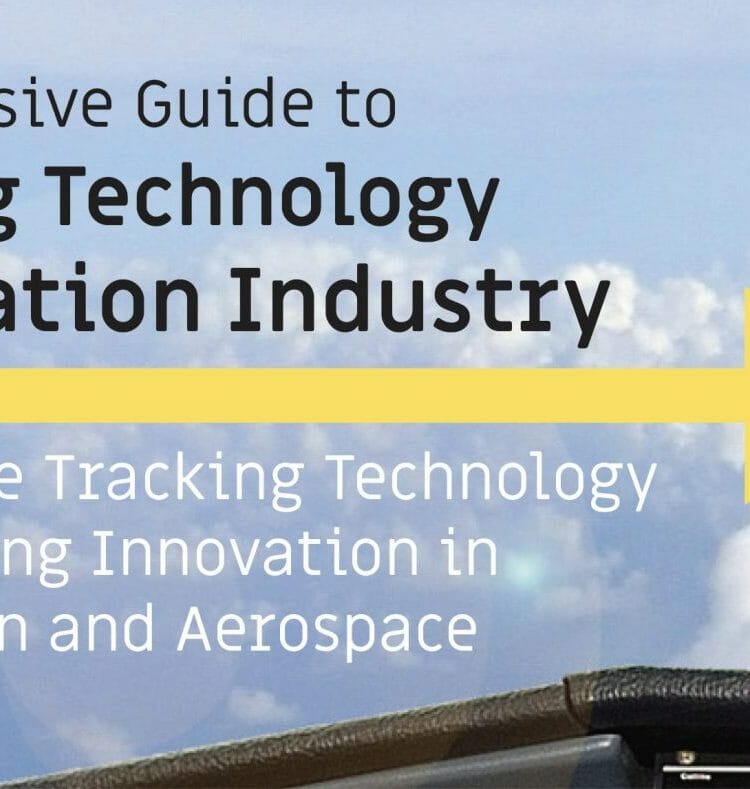EN


Eye tracking has also been used for years in various types of human factor studies within the aviation sector, and there has been an increase in the demand within this sector. Analysis of the scan pattern during the vetting process when looking for new pilots is often done on a smaller desktop simulator, potentially leading to great cost savings by helping select the right candidates for flight training. Head and eye tracking can help analyze the movement and rotation of a pilot’s head, eyelids, and pupil size measurements, providing insights into the condition of the pilot.
Eye tracking technology for pilot monitoring systems, similar to Driver Monitoring Systems in the automotive industry, is being evaluated by industry players for the type of data it can provide, how it can be used, and how reliable it is.
In this eBook, we’ll dive in to explore the unique features of eye tracking that make the use of this technology successful in several aviation use cases and how its flexibility allows us to take a unique approach to each individual case. Download our eBook to learn everything about the remote method of eye tracking, particularly with a multi-camera approach, and to get answers about its successful use in aviation research, pilot training, and cockpit design.

